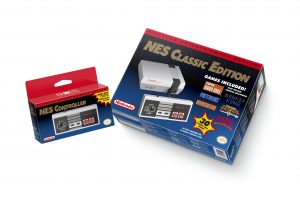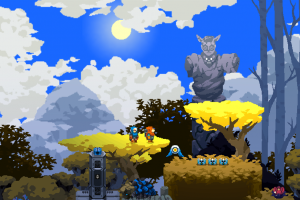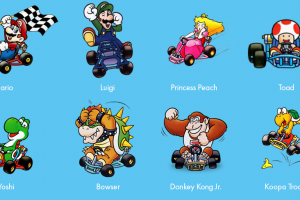In Time‘s recent article, 14 Things Nintendo President Tatsumi Kimishima Told Us, additional vague details about Nintendo’s forthcoming NX platform and what it means for Nintendo’s current platforms have come to light. Unfortunately, there’s still no clear picture of exactly what the NX platform is going to be. I’ve discussed my thoughts before both here and on social media of what my best guess about the NX is, but I thought it might be fun to put them down here, for the record and easy reference when we know all the facts, to see how close I ultimately come with my predictions.
First off, I do think Nintendo will break past form and fully unveil the NX at E3 2016 in June, and then have a wide release of at least a few core components of the platform for holiday 2016 (maybe mid- to late-November). Even with the recent statements, I still think the NX is a logical successor to both the Wii U and 3DS, although they can’t say that directly for fear of further damaging sales. I believe them that the Wii U and 3DS will still be their own platforms and supported, but I think the trickle of software for each will further diminish to the point where we won’t see much, if anything, of note, by 2017, with support for the Wii U almost certainly drying up first.
It seems like the NX will be a clean departure – their first in many generations – from any previous Nintendo platform, meaning no backwards compatibility (save for Virtual Console stuff, of course). I think Nintendo needs that clean break psychologically, both internal and external to the company. I also think this will indeed be a hybrid system, one that can be used as a full portable like a 3DS, but is also modular and usable – with obvious enhancements when docked – as a proper console.
Nintendo’s greatest strength these days, and what Japan in particular seems to favor, is the handheld stuff, but other territories tend to favor consoles more. To me, a modular NX seems then like it would be a logical attempt to please everyone, while better playing to the company’s remaining strengths. And for a Nintendo who struggles to keep a software pipeline going for multiple platforms, rallying around a single platform will make it far easier for them to release interesting new content on a more regular basis. It should also make it more enticing for third parties to want to release their own content as well, something that’s been a growing problem for a number of years for Nintendo platforms, but of course came to a disastrous head with the Wii U.
So, those are my predictions. I guess we’ll see in June 2016 – maybe sooner – how right I was. As always, if you have thoughts of your own, feel free to share them in the comments.






 Your total news and information resource for all things Science, Technology, Engineering / Mathematics, Art, and Medicine / Health.
Your total news and information resource for all things Science, Technology, Engineering / Mathematics, Art, and Medicine / Health.
Leave a Comment